In cycles that often take years to play out, the ebbs and flows of monetary policy give rise to business cycles that create the large VIX “loops” observed throughout its history. Were it to hold, the year’s closing high of 36.45 would represent one of the lowest bear market peaks in VIX history, suggesting that the current loop is not yet complete.
October 2022 Commentary
September 2022 Commentary
seatbelt-style risk management offers consistent but relatively limited downside protection at substantial cost, while the airbag approach emphasizes cheaper “tail risk” defense over protection from moderate declines. While the seatbelt style often has an advantage during more measured declines like 2022, the airbag approach tends to compensate during rare but impactful crisis events such as March of 2020.
August 2022 Commentary
TCM portfolios apply a consistent process to capture an inconsistent benefit- the VIX “skew”, or its historical tendency to produce positive outlier events. Like so many times this year, TCM portfolios have begun the first stage of this process, deploying an initial tranche of protection as a turn in markets begins to invert VIX futures pricing. Should the inversion deepen, hedges are increased until the VIX enters crisis territory where its positive outlier events live. With VIX exposure at maximum 30%, these events can then produce a massive hedging benefit.
July 2022 Commentary
Despite historically long odds, a “soft landing” scenario seems to have been the hedging market’s base case all year, resulting in VIX complacency that has precluded any hedging benefit thus far. July’s rally was a welcome reprieve that began to normalize the VIX / S&P relationship from the S&P side and now begs an important question: is the Fed really about to pull off a miracle, or is this just the eye of the storm?


